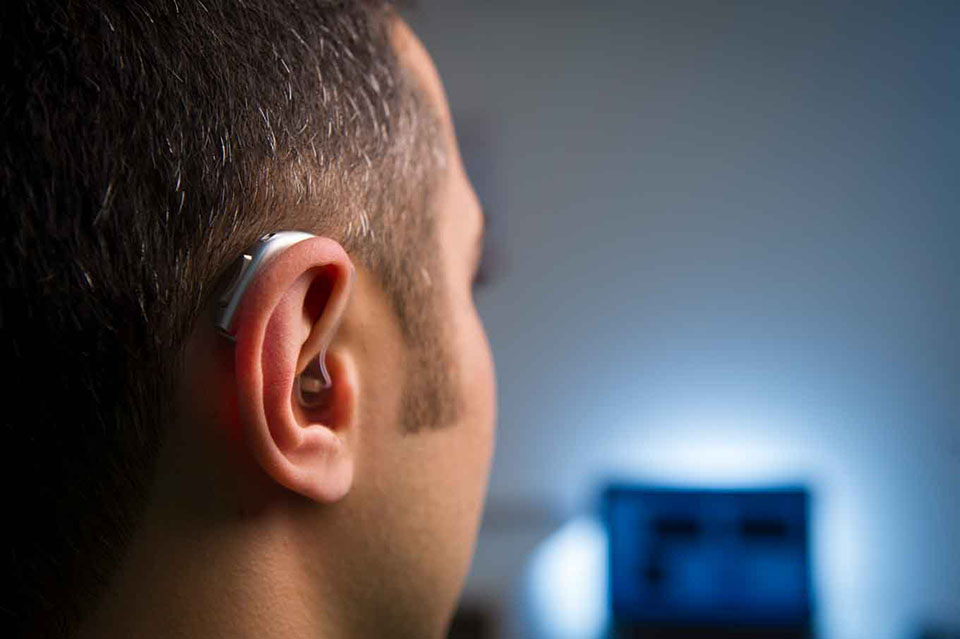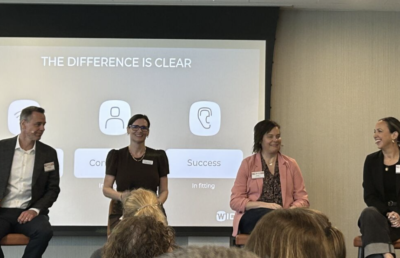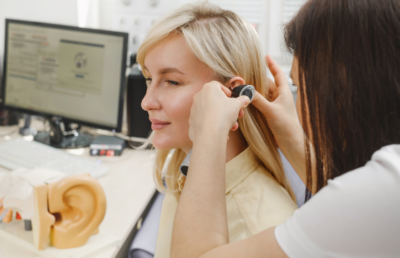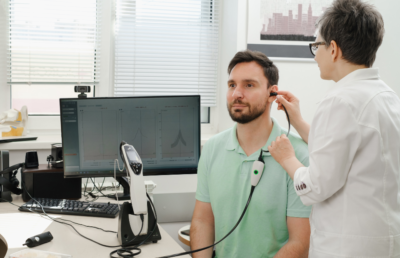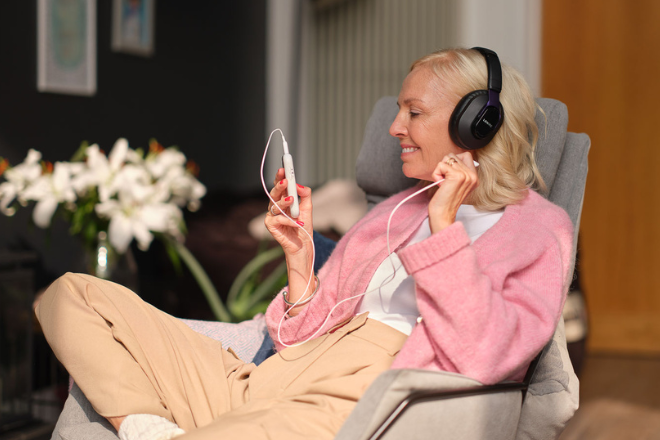The digital revolution has had an impact on hearing aids just as much as it has changed everything else about our lives. Once upon a time, hearing aids were analog devices, consisting of a basic microphone and amplifier. Now, complex algorithms can actually change how sound is picked up and transmitted in different situations, all without the user even changing the settings.
Acoustic Situation Recognition
We know that loud situations can make sounds a little more tricky to decipher, even for those of us without hearing loss. Trying to amplify these types of environments is also inherently problematic, and so, for many years, people with hearing aids would just turn them off when they were at a loud bar or sports venue — the hearing aids were just not of much use.
But with digital signals replacing analog, this has opened the doors for signals to be processed in various complex ways to separate out speech from the background noise, amplifying one while actually suppressing the other.
Hearing aid manufacturer Starkey continues to innovate on this front, and its latest series of hearing aids – Livio – sets new standards in the field. These are the first hearing aids in the world that have sensor systems installed that constantly monitor the environment of the wearer in order to immediately adjust the operation of the device to his or her current needs. The result is optimal hearing in any auditory environment – at a party, in cinema and theater, at work and in nature, even in the most challenging and complex auditory environments.
Fall Detection Technology
Falls are a significant danger for the elderly, who tend to get hurt more easily than the rest of us. Hearing loss compounds this problem, because it can occasionally affect parts of the ear that also control our sense of balance.
Hearing aids by Starkey and Phonak have fall detection built-in, that can help the wearer if he or she falls and can’t get back up. This is accomplished with built-in 3D sensors that know when a person has moved in a way that is likely a downward fall. When this is detected, the hearing aid, depending on the features of that particular model, will offer ways to send an alert for help.
As with many other parts of technology, the level of innovation we’re seeing with hearing aids is only speeding up. We’re very excited to see what hearing aids look like in five years time. One thing is for sure — they will help patients hear better than ever before.
If you think you or a loved one might be in need of a new hearing aid, get in touch with us to schedule an appointment and review all your options!

